Panier
Close
- No products in the cart.
Sous total (Hors frais de livraison)
0,00€
Payer
Expédition et livraison
Réparation et maintenance
Are you a beginner or an experienced wingfoiler who can’t afford to buy new equipment? Here’s all the information you need to invest in second-hand equipment.
A beginner rider, starting from scratch, needs to equip himself with a board, kite and float. Not forgetting helmet, impact vest, neoprene wetsuit and pump.
As for the advanced practitioner, already equipped, he’ll need to change some of his equipment to suit his progress or his desires.
Fortunately, the second-hand wingfoil market has grown considerably. And it’s becoming easier to find what you’re looking for on a limited budget, whether it’s a wing, a board or a foil for that common passion we all share: wingfoil.
Stores specializing in windsurfing, kitesurfing, stand-up paddling, surfing and now wingfoil often offer second-hand equipment. And if you can get there yourself, that’s even better. You’ll get direct, personalized advice from a specialist dealer. You can also see the equipment for yourself, and form your own opinion. Another advantage is that, before any display, the shops check the used equipment on sale for the slightest defect. Quality is paramount. And if, despite everything, you discover a fault with the board or foil after purchase, a warranty is usually provided.
Second-hand equipment sold in stores generally comes from other enthusiasts who wish to part with it. This is known as consignment selling. But it can also be equipment that has been used for testing or was on display at former events.
For those who can’t make it to the shop, it’s always possible to buy used wingfoil gear online. Don’t hesitate to chat or call, especially if you’re not sure about your choice of wing or board. And ask all the questions you can think of, both about the technical level and the condition of the used wingfoil equipment on offer. Allow around a week for delivery to your home or to a relay point.
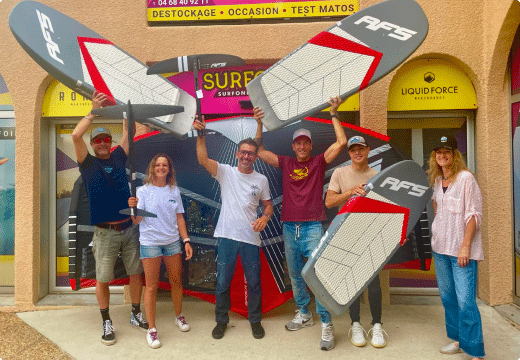
Some wingfoil brands offer second-hand equipment directly on their website. This is also the case for AFS foiling. In fact, we recondition our equipment when necessary, and today we’re proud to have a wide choice of second-hand equipment. Our aim is to help as many people as possible to discover wingfoil, and to be able to sail with quality equipment.
When buying used wing foil equipment, it’s very important to evaluate several factors in order to choose what’s best for you. And get the best value for your money.
For the board: your level of wingfoil experience is criterion No. 1. If you’re a beginner, opt for a board on which you’ll float before taking off: the volume of the board should be 30 or even 40 liters more than the weight of the rider for a first wingfoil board. This will ensure that you don’t get too comfortable with your stability, first on your knees, then standing on the board… And that you don’t tire too quickly.
An intermediate or expert rider, on the other hand, will be looking for an evolving or more technical board. But never overestimate yourself.
For the wingfoil: Choose a 4m² wing if it’s your only wing, ideal for sailing in wind conditions between 15 and 25 knots (if the rider weighs less than 75 kgs). Get something bigger if you weigh more. And if your budget allows you to buy 2 wings, allow 1 m² between the two sizes.
For the foil: 2 choices are possible, the foil with an aluminum mast, or the one with a carbon mast. The latter is lighter, stiffer and less fragile, but much more expensive than aluminum. As for the front wing of the carbon foil, don’t go too small, as it’s the one that gets you off the ground (with the help of the sail). The smaller the surface area, the more difficult the take-off. Let’s not forget the stabilizer (small wing at the back of the foil), which, as its name suggests, ensures your stability once airborne. Finally, the fuselage must be long when you start wingfoiling. It gives you greater stability and more power, making control less technical than a short fuselage.
A final word of advice for used foils bought as spare parts: make sure that the foil’s plate is compatible with your board (the connection accessory between these two parts). There are two types of box, the most common being the double US box. However, it’s always cheaper to buy a complete foil than one piece at a time, and at least you won’t be mistaken in your choice.
This starts with the year of the equipment you’re about to buy. In wingfoil, the older it is, the less it’s worth. Even if it’s in impeccable condition. Indeed, wing equipment has been evolving rapidly since it first appeared on our shores in 2019.
By the way, you can find discounted equipment with our end-of-series products.
Once again, remember to ask the seller as many questions as possible, whether he’s a private individual or a professional: after all, he’s a human being like you.
Sometimes the wear and tear of a wing is visible, sometimes not.
In what is visible :
Seams = between each sail panel or on the bladders and around the valves. Sometimes on the edges of the wing window (when there is one). All seams must be intact.
Handles or boom = check that they are securely fastened and free from cracks.
Repairs = look for patches on the various sail panels, or if the color of the various seams is different from one stitch to another.
Repairs = look for patches on the various sail panels, or if the color of the various seams is different from one The spinnaker cloth: some wings may be tired without necessarily having been repaired. You can see this with the naked eye by observing the spinnaker cloth.
Valve caps: check that they close properly.
In what is invisible:
The two bladders = these are the central batten and the leading edge, but you can’t see them directly as they’re covered by the sail’s fabric. If a wing has a large number of sessions, it’s because it’s been inflated many times. And it automatically wears out with the amount of air it receives. Especially if its previous owner over-inflated it.
On the other hand, a rider who falls or jumps a lot tends to shock his wingfoil. This causes further damage to the bladder.
Finally, make sure that the second-hand wing you’re about to buy has always been folded properly. Make sure there are no knots or false folds in any of the bladders.
Even better if the sail has been rinsed from time to time. She doesn’t like sand.
Don’t hesitate to ask to inflate the wing, to see that the bladders are holding the pressure correctly. And wait a few minutes to make sure they don’t deflate.
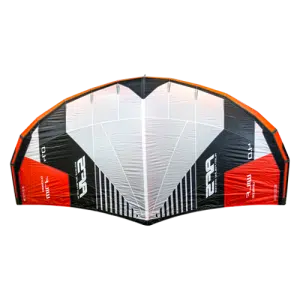
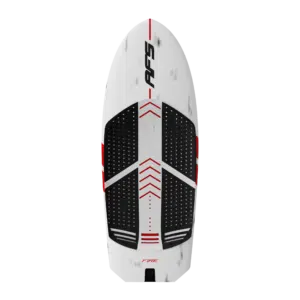
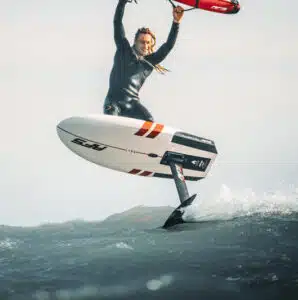
Today’s market for used wingfoil equipment offers an ever-expanding choice. However, to avoid unpleasant surprises, take the time to inspect the equipment you are considering buying. If you have any doubts, contact a friend with more (or less) experience. Two pairs of eyes are better than one. And if you’re selling from a distance, ask all the questions you can think of and request additional photos. A thorough evaluation will help you invest in quality used wing foil equipment. And in case of doubt, you may want to reconsider your price estimate.
Finding the perfect used wingfoil starts here!
Click & Collect
Secure payment in 3 or 4 instalments
Advice from enthusiasts
Satisfied or your money back
2 to 3 years warranty
Worldwide delivery
Votre emplacement actuel et les langues disponibles
Your current location and available languages
Build your complete foil equipment according to your practice and objectives.
Answer a few quick questions and get a suggestion.
Compare up to three stabilizers side by side.
Coming soon...
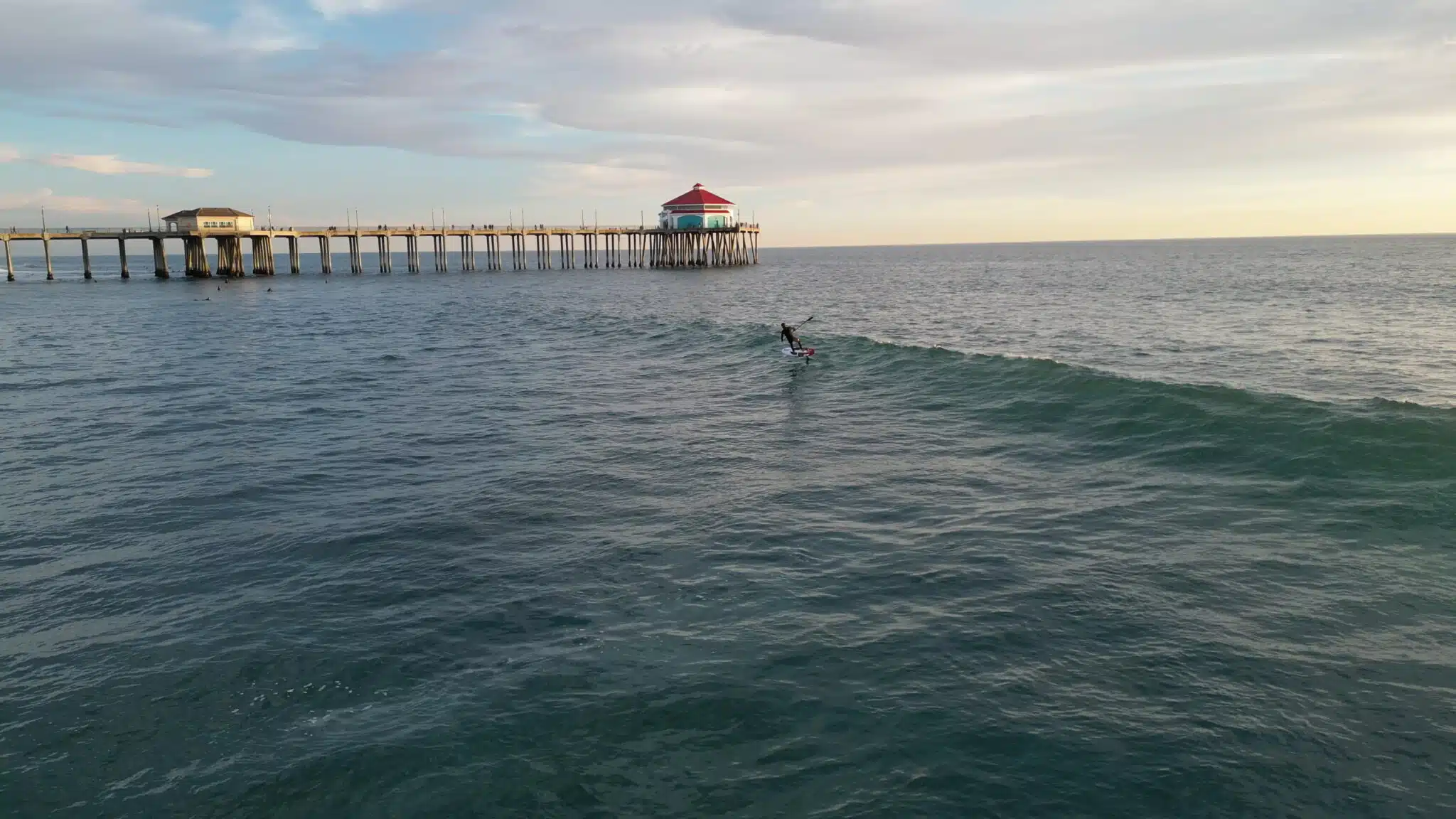
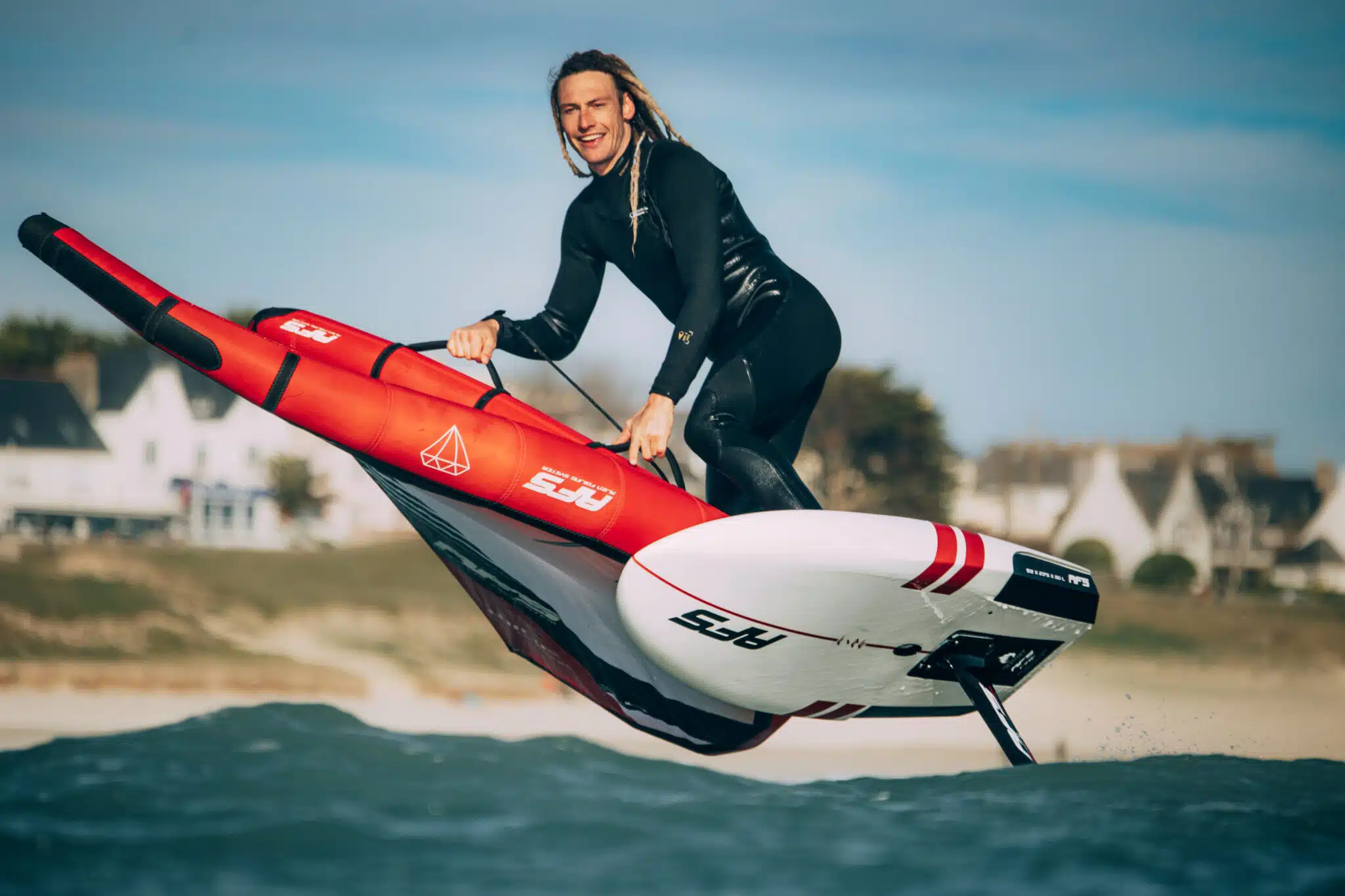

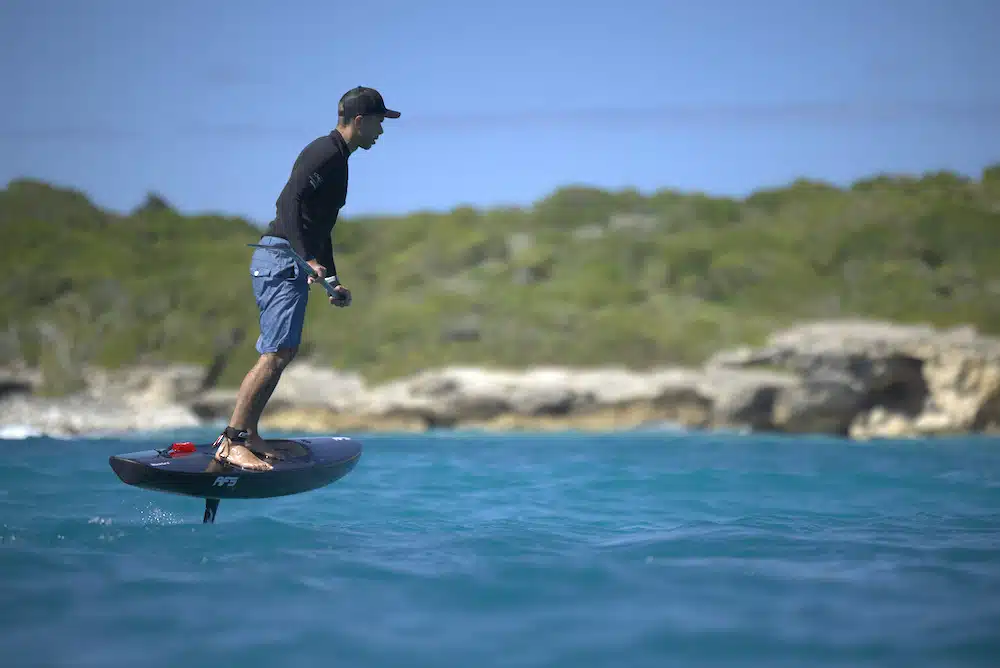
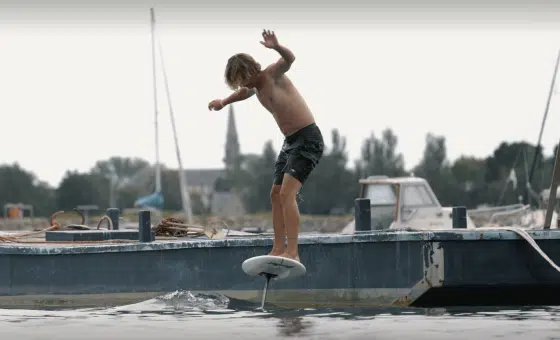
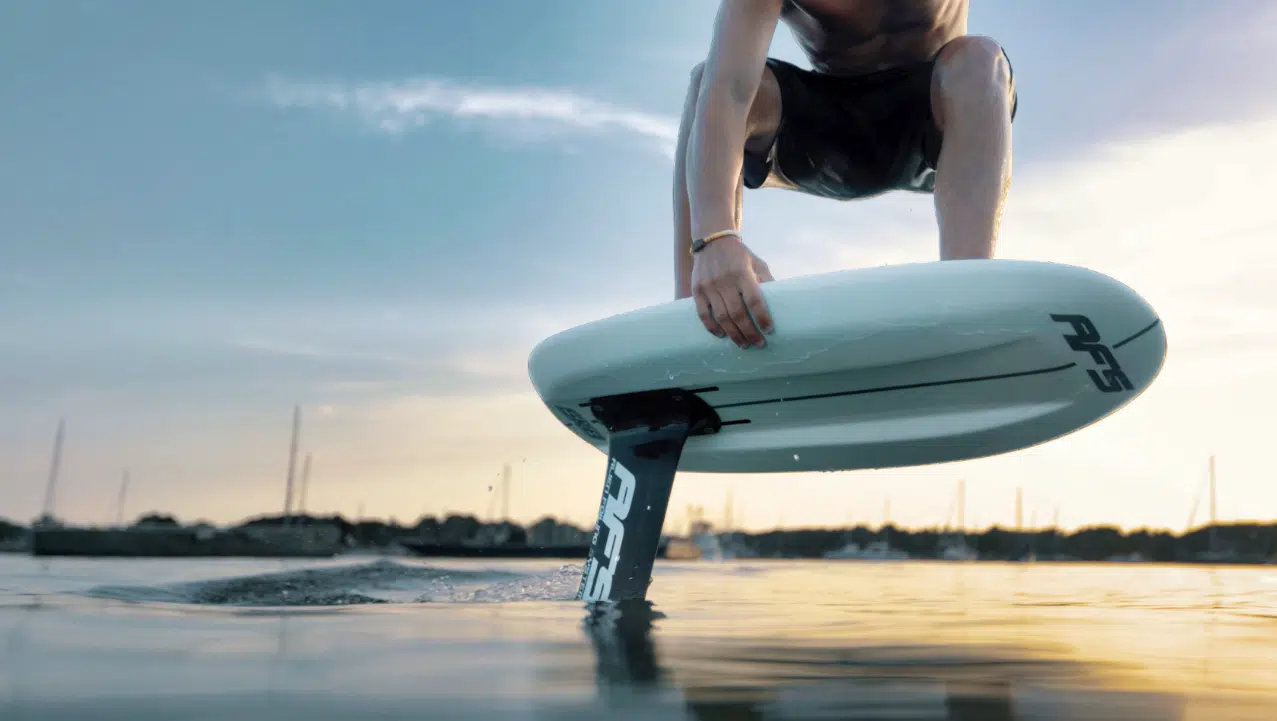
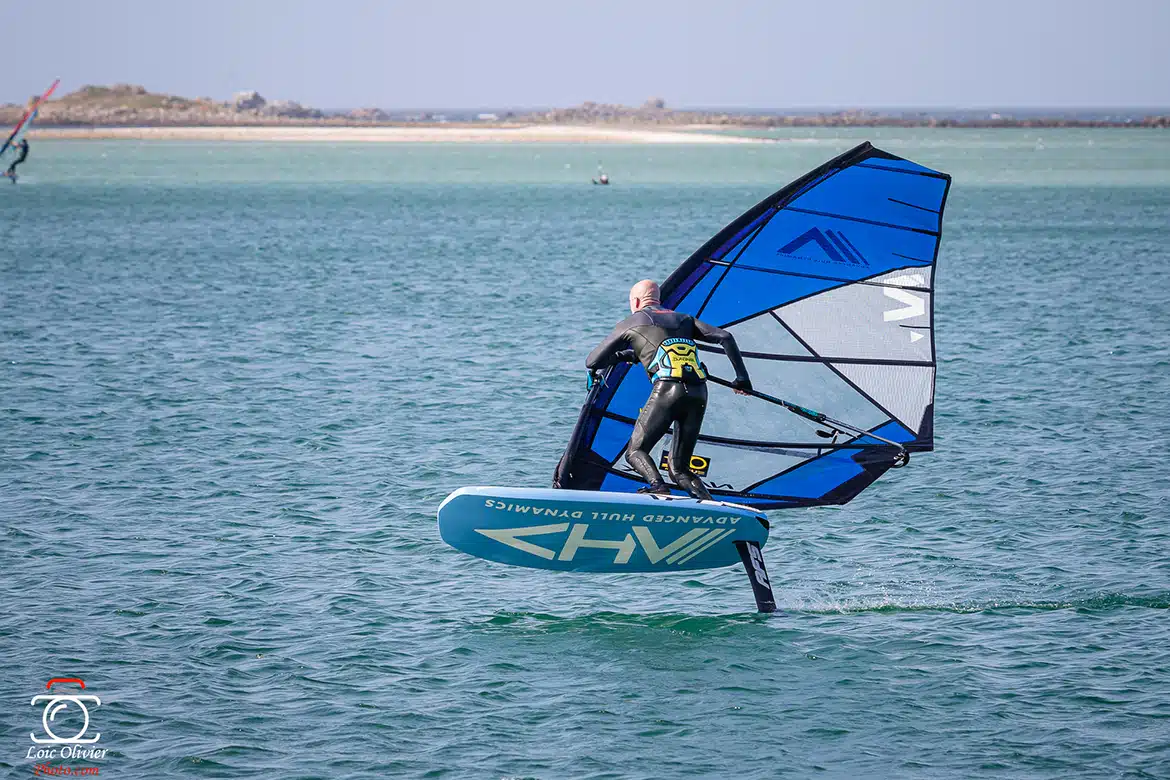
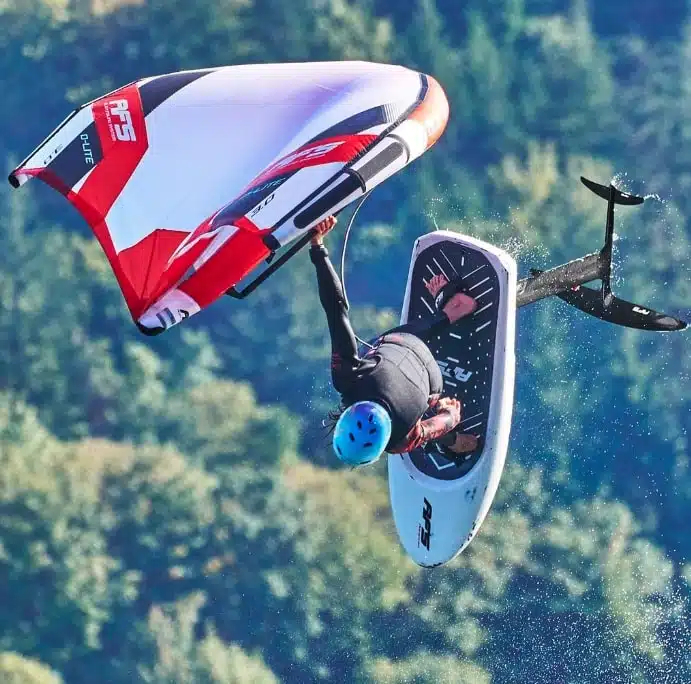
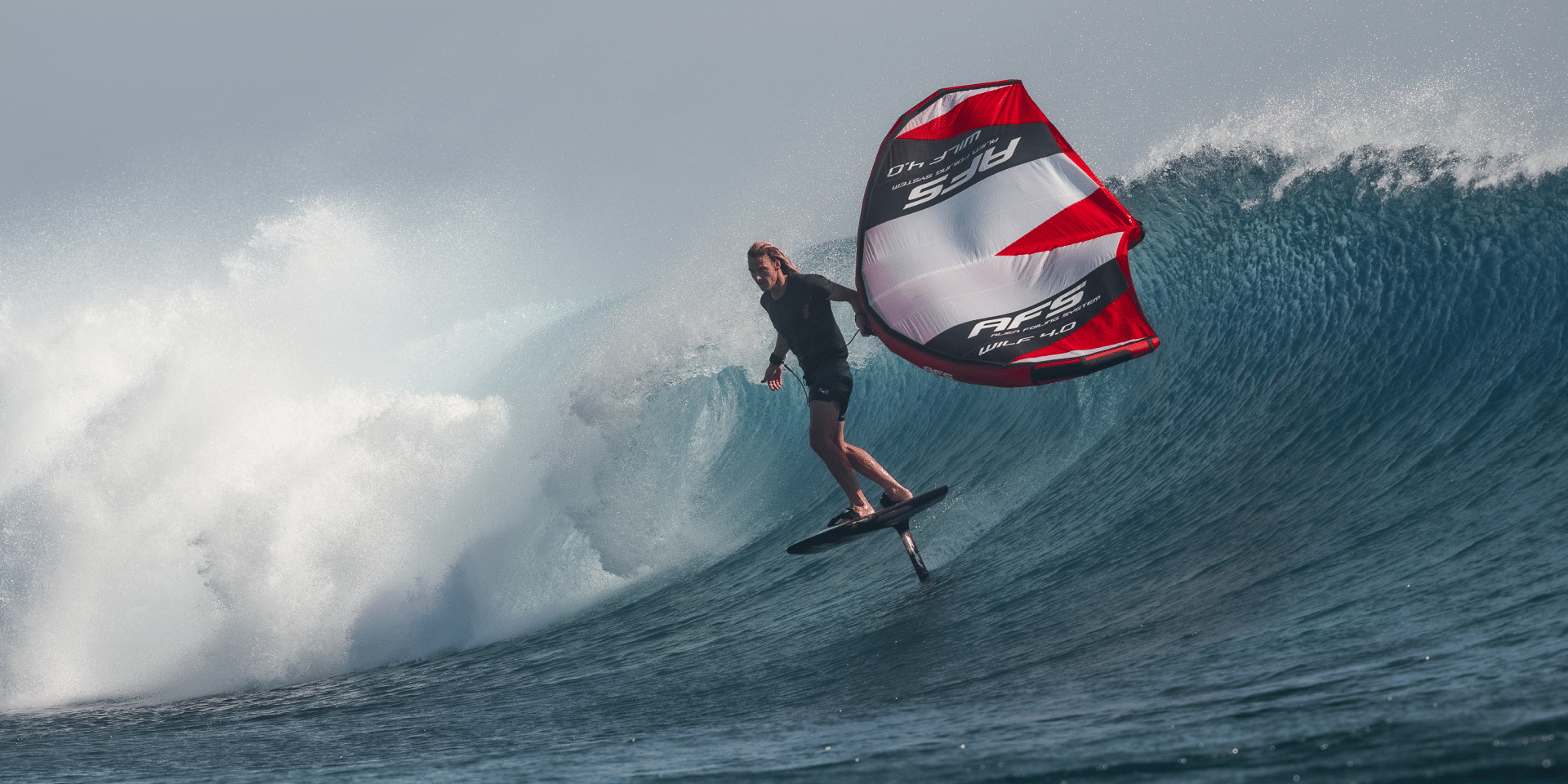
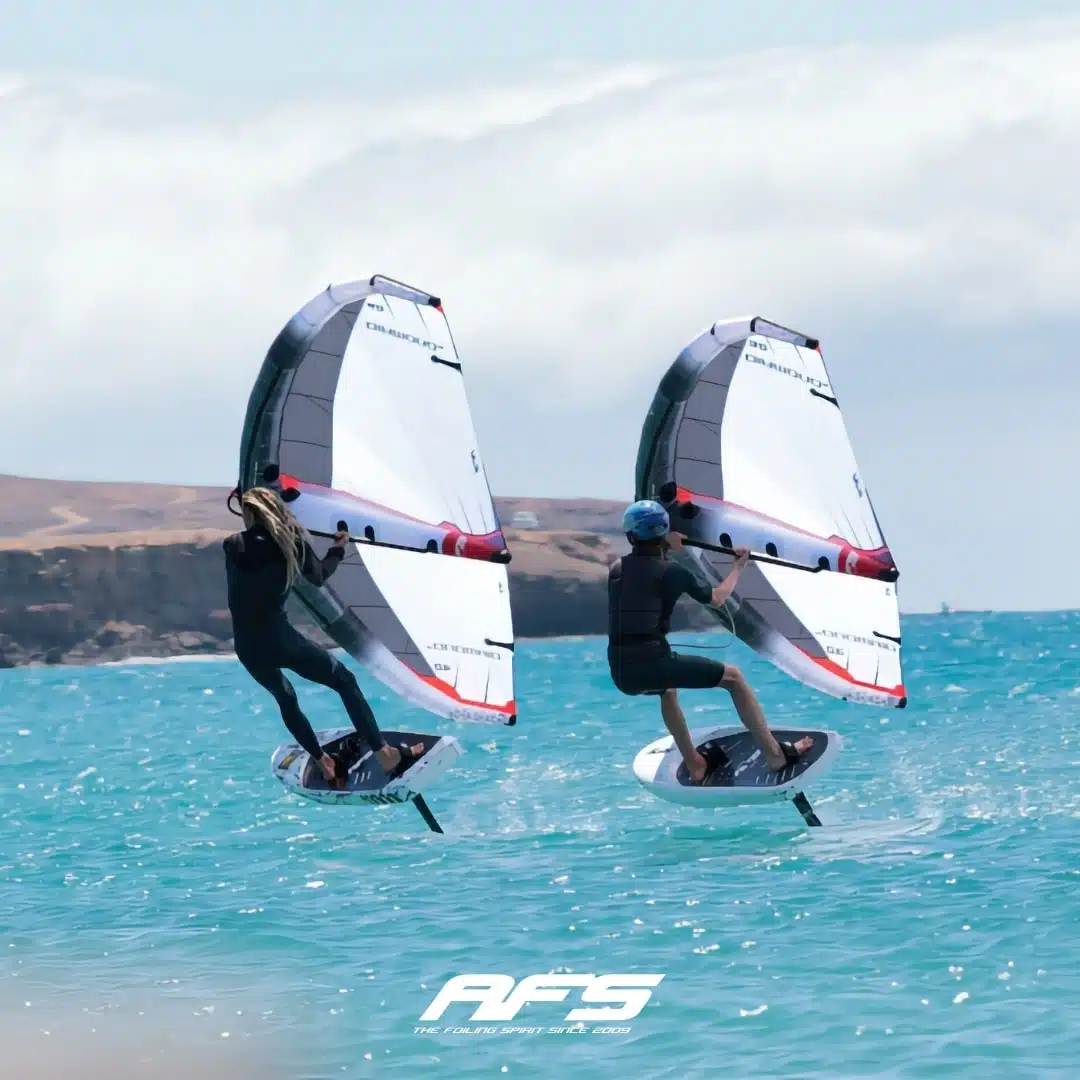
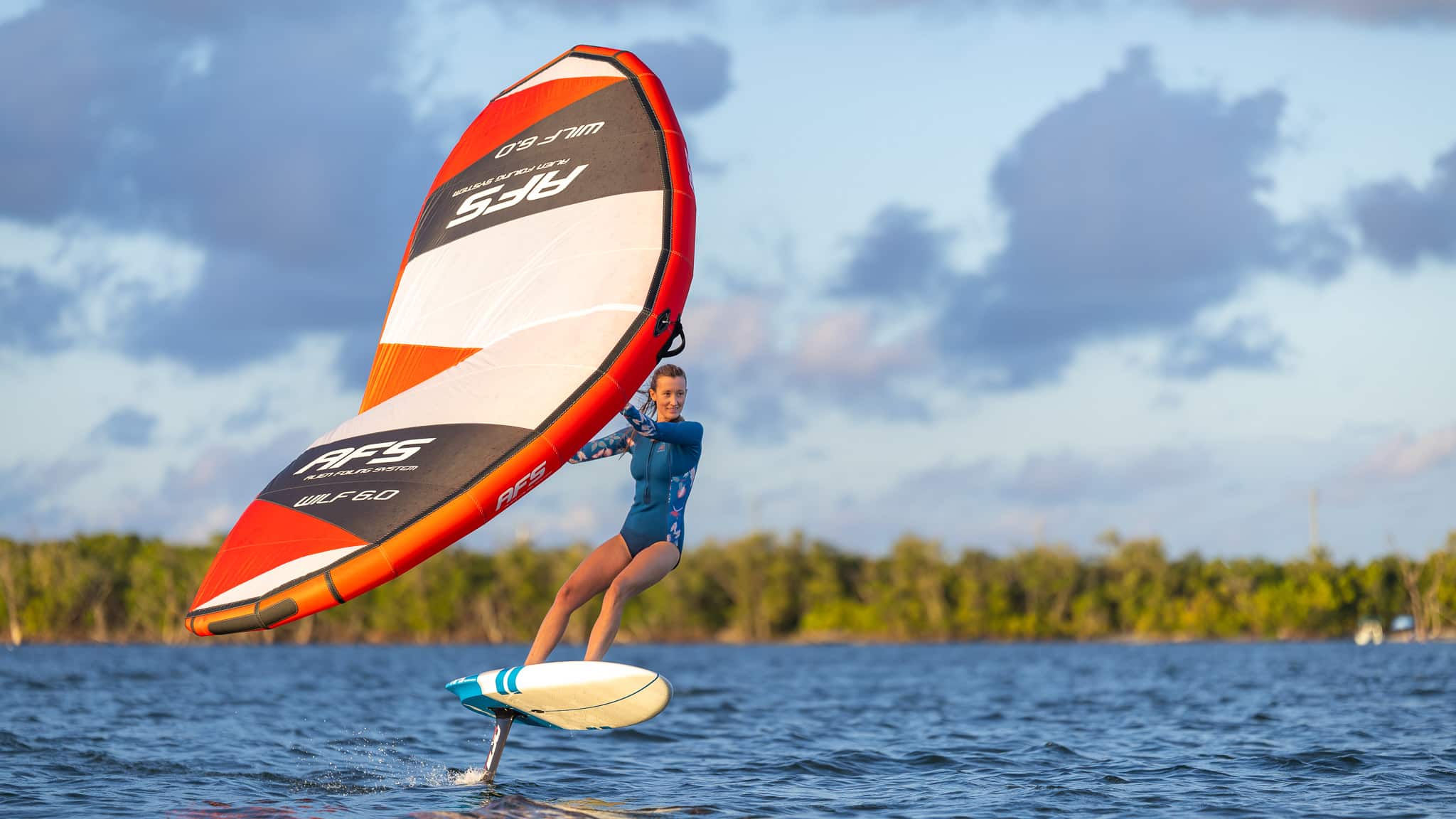

You will receive a product in excellent condition, with a few minor scratches from use.
Your product may have a few minor scratches or visual defects, but it's ready to take to the water again!
Despite deeper scratches or more pronounced visual defects, your product can take to the sea without hesitation: at this price, it's a shame to miss out!